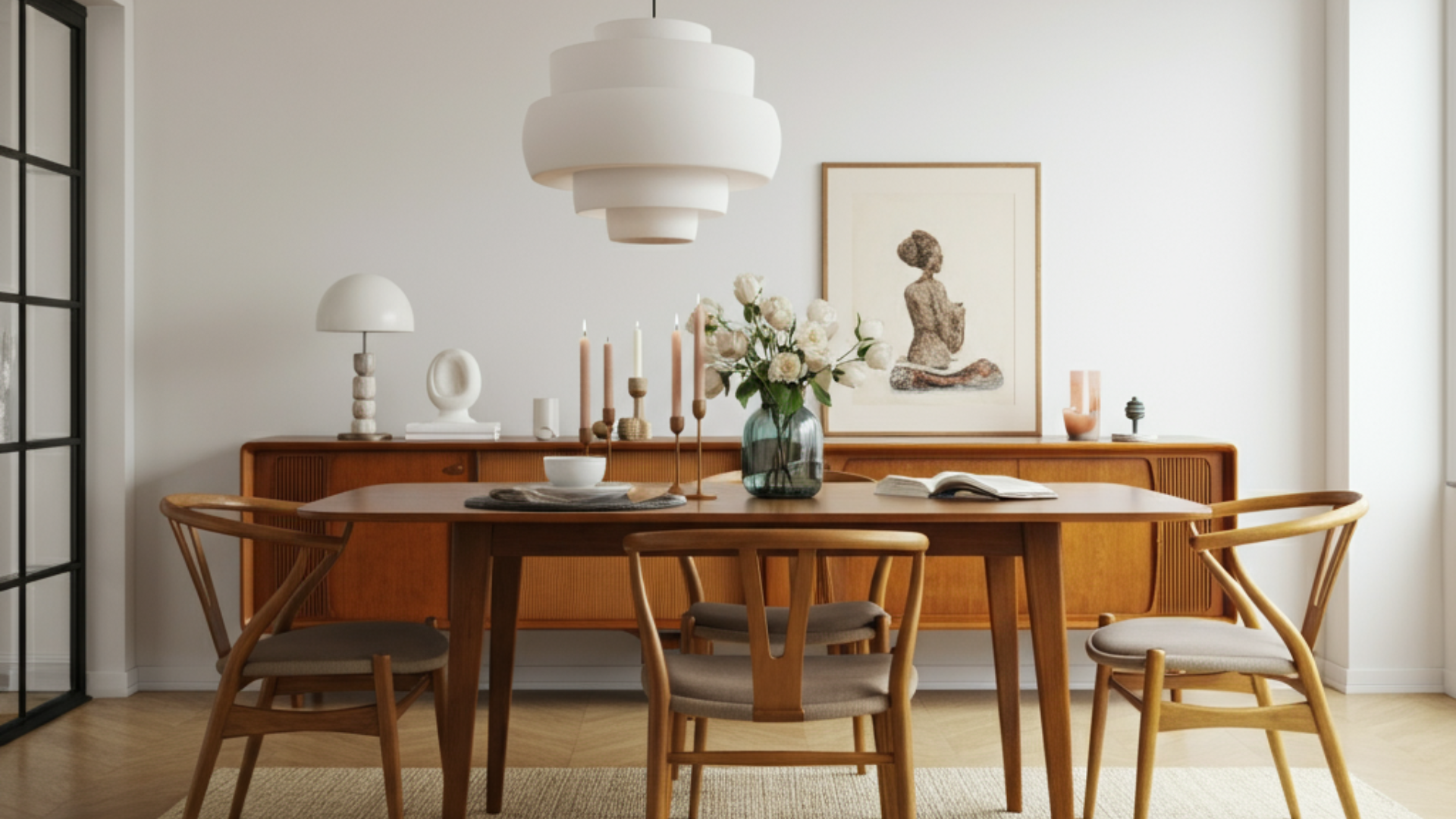Why Lighting is an Important Part of Your Home Design
When it comes to designing a home, it’s easy to get caught up in choosing the perfect paint colours, stylish furniture, and on-trend décor pieces. But there’s one critical element that often doesn’t get the attention it deserves—lighting. It’s the unsung hero of interior design, capable of transforming a space from ordinary to extraordinary. The right lighting can enhance your home’s aesthetics, improve functionality, and even influence your mood and well-being.
Whether you’re building a new home, renovating a room, or simply refreshing your interiors, understanding the importance of lighting in home design is key to achieving a space that not only looks beautiful but also works seamlessly with your lifestyle. In this post, we’ll explore how lighting impacts your home, offer professional design tips, and help you avoid common mistakes so you can create a well-lit, welcoming environment.
How Lighting Enhances the Aesthetic Appeal of Your Home
First, lighting helps to set the tone for your space. Lighting is one of the most powerful tools in shaping the overall atmosphere and style of your home. A thoughtfully chosen light fixture can act as a statement piece, while strategically placed lighting can highlight architectural details, textures, and colour schemes.
For instance, a bold chandelier over a dining table instantly becomes a focal point, setting the tone for a sophisticated, elegant setting. On the other hand, recessed lighting can create a clean, modern aesthetic in a minimalist living room.
The biggest designer’s secret when it comes to lighting is to layer lighting in each space. This approach involves blending three primary types of lighting to achieve a balanced, visually appealing space:
Ambient Lighting: The primary source of light in a room, often provided by ceiling fixtures or recessed lights. It ensures the space is well-lit and inviting.
Task Lighting: Focused light designed to assist with specific activities like reading, cooking, or working. Think under-cabinet lighting in a kitchen or a sleek desk lamp in a home office.
Accent Lighting: Decorative lighting that adds drama and highlights architectural features, artwork, or unique décor pieces. Wall sconces, track lighting, or picture lights work beautifully here.
Combining these layers allows you to tailor your lighting scheme to suit different times of day and various activities, creating depth and warmth in your interiors.
How Lighting Influences Mood and Well-being
Light has a profound impact on our emotions, productivity, and overall well-being. Studies show that exposure to natural light helps regulate our body’s circadian rhythm, improving sleep quality and reducing stress levels.
On the flip side, poor lighting can lead to fatigue, eye strain, and even low moods. Harsh, cool-toned lights can feel clinical, while overly dim spaces may create a sense of gloom.
Understanding colour temperature (measured in Kelvins) is key to setting the right mood:
Warm Light (2700K – 3000K): Soft, yellowish glow—ideal for bedrooms, living rooms, and dining areas.
Neutral Light (3500K – 4100K): Bright, clean white—suitable for kitchens and bathrooms.
Cool Light (5000K – 6500K): Daylight-mimicking—best for task-oriented spaces like home offices or garages.
Pro Tip: Mixing warm and cool lights within the same room can create imbalance—stick to a consistent temperature for a harmonious feel every time.
Don’t forget that nothing beats the beauty and benefits of natural daylight. If your home lacks large windows, consider:
Skylights or Solar Tubes to brighten darker areas.
Light, Reflective Wall Colours to bounce natural light.
Sheer Curtains that let in light while preserving privacy.
Mirrors strategically placed opposite windows can also amplify natural light, making your home feel more open and airy.
Creating Functional Spaces with the Right Lighting
Kitchen: Balancing Brightness and Practicality
The kitchen is often the heart of the home—a place for cooking, gathering, and sharing moments. Proper lighting is crucial to ensure this high-traffic area is both functional and inviting.
Task lighting plays a vital role here. Under-cabinet LED strips illuminate countertops, making meal preparation easier and safer. Pendant lights over an island can combine task lighting with style, while recessed ceiling lights ensure the entire space is evenly lit.
Consider incorporating dimmable lights so you can switch from bright and practical during food prep to a softer ambiance when entertaining guests.
Living Room: Versatile and Inviting
Your living room serves multiple purposes—from movie nights to hosting friends—so flexibility is key. Layered lighting is especially important in this space.
A combination of a central fixture (such as a chandelier or flush mount), floor lamps for reading, and accent lighting to highlight artwork or shelving can create a warm and inviting atmosphere. Using dimmers allows you to shift from bright and lively to soft and relaxed with ease.
Bedroom: Comfort First
Lighting in the bedroom should prioritize relaxation. Avoid harsh overhead lights. Instead, opt for soft bedside lamps, wall sconces, or even pendant lights on either side of the bed for a boutique hotel feel.
Warm light bulbs with a lower color temperature (around 2700K) help create a cozy, restful environment. Incorporating smart lighting systems can allow you to set “morning” and “evening” light routines that align with your natural sleep cycle.
Bathroom: Clear and Crisp
Bathrooms require bright, clear lighting—especially around the vanity. Wall-mounted sconces or LED mirrors eliminate shadows, providing optimal light for grooming. Consider water-resistant recessed lights for showers and dimmers to create a spa-like retreat when soaking in the tub.
Common Lighting Mistakes to Avoid
1. Relying Solely on Overhead Lighting
While a central ceiling light is often the default choice, relying exclusively on it creates flat, uninviting spaces. Overhead lighting casts harsh shadows and lacks the warmth needed to make a room feel comfortable.
Solution: Always incorporate floor lamps, table lamps, or wall sconces to soften the lighting and add visual interest.
2. Ignoring Dimmers
Dimmers are an interior designer’s best friend. They allow you to adjust brightness based on the time of day or mood, transforming a room with the slide of a switch.
Solution: Install dimmers in key areas like living rooms, dining rooms, and bedrooms for ultimate lighting control.
3. Mismatched Bulb Colours
Mixing warm and cool light bulbs within the same room can make your space feel disjointed and uncomfortable.
Solution: Choose bulbs with a consistent color temperature across fixtures to maintain visual harmony.
Final Thoughts: Brighten Your Home, Brighten Your Life
Lighting is far more than a practical necessity—it’s a powerful design tool that enhances your home’s beauty, improves functionality, and boosts your well-being. By carefully layering light, choosing the right fixtures, and avoiding common pitfalls, you can create a home that feels as good as it looks.
If you’re feeling inspired but unsure where to start, consider working with a professional designer. We can help you craft a lighting plan that perfectly suits your style and lifestyle. It all starts with a discovery call, so book your call today to get started!









